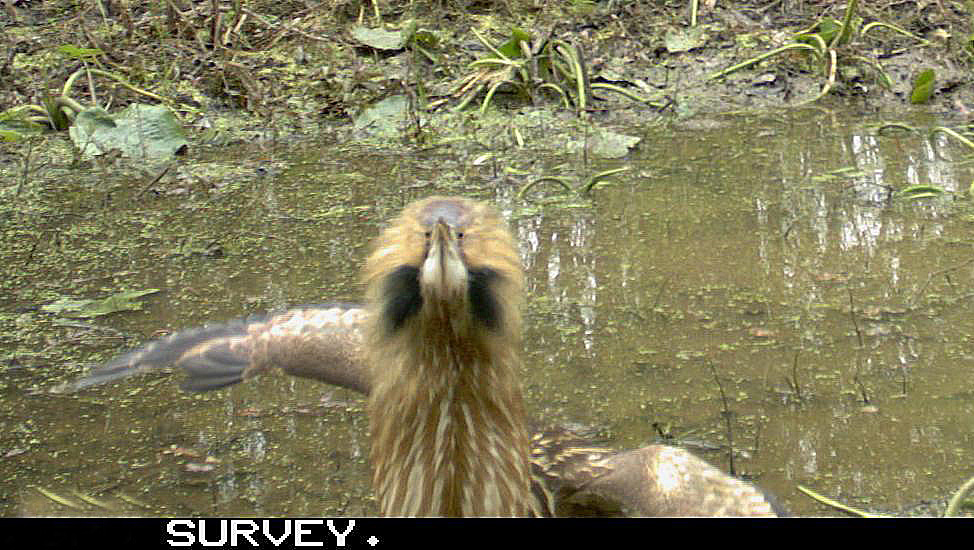Everyone has some sort of weakness for certain items, right? For me, that addiction is trail cameras. I started working with them when they first hit the market.
As a field biologist for our county park district, I developed a three-year project proposal using trail cameras to survey all the parks within the district to record the local species of fauna utilizing different habitats. At the start of this research project, trail cameras were in their infancy. Their functions were simple, and they had some glitches. By the time my survey concluded, with my report written, I considered myself an expert on the subject of trail cameras. Now, however, their technology has advanced to a point where I hesitate to attempt to explain them in depth, much less claim to understand all their functions. Yet, for those of you who haven’t had the opportunity to experiment with this amazing piece of equipment, I will try to keep this simple. Trail cameras are an amazing tool, so don’t let their complexities suppress your interest.
Trail cameras are utilized by a variety of factions including law enforcement, hunters, researchers etc. Yet, it is the category of “hobbyist” for which I write this column.
Trail cameras are simply the coolest invention ever. For those of us simply curious to see what may be passing through our property after dark or while we are away, trail cameras offer the opportunity to spy on wildlife. Although animals can hear the inner workings of the camera, most of the time they remain unbothered, allowing us to observe behaviors we wouldn’t otherwise see if the animals were skedaddling in the opposite direction out of fear. Cameras allow us to view wildlife in their calm, natural state, sometimes capturing surprise behaviors.
Options
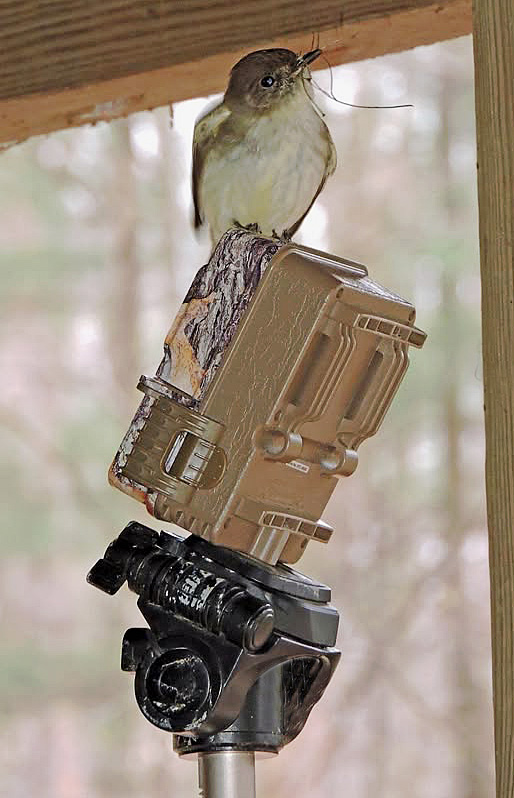
With so many models on the market these days, it is important to choose one that is right for you. The very first thing to consider is your budget. Trail cameras have a wide range of price tags spanning anywhere between $25 and $1,000. Deciding on an amount you can afford will weed out many models at the beginning of your search.
There are loads of different manufacturers producing trail cameras. Bushnell, Browning, Moultrie and Reconyx may ring a bell for those who have purchased firearms, binoculars or other optics from these well-known companies. Sometimes it’s simply a matter of sticking with a brand you know and love. I never purchase anything until I have perused the reviews. I hardly ever look at the 4- and 5-star ratings but rather focus on the negatives that people report to help with my decision. It’s always good to have opinions from those who have already purchased and utilized their cameras in the field to find out what is working and what isn’t.
Once you determine how much you can afford to spend and what brand you like, it’s time to scrutinize the many features that cameras house and decide which ones will provide you with the results you seek. Although each model has an overwhelming number of functions, there are a few important ones that you should seriously consider before making your purchase.
All cameras have a detection circuit that is responsible for capturing the heat or movement of the animal. The detection range is the field of view that will be captured in the images. Trigger speed is the time it takes from the moment the camera first detects movement to the time it fires the first picture. Recovery time is the time it takes the camera to store the image it has just captured on a memory card and ready itself for the next photo.
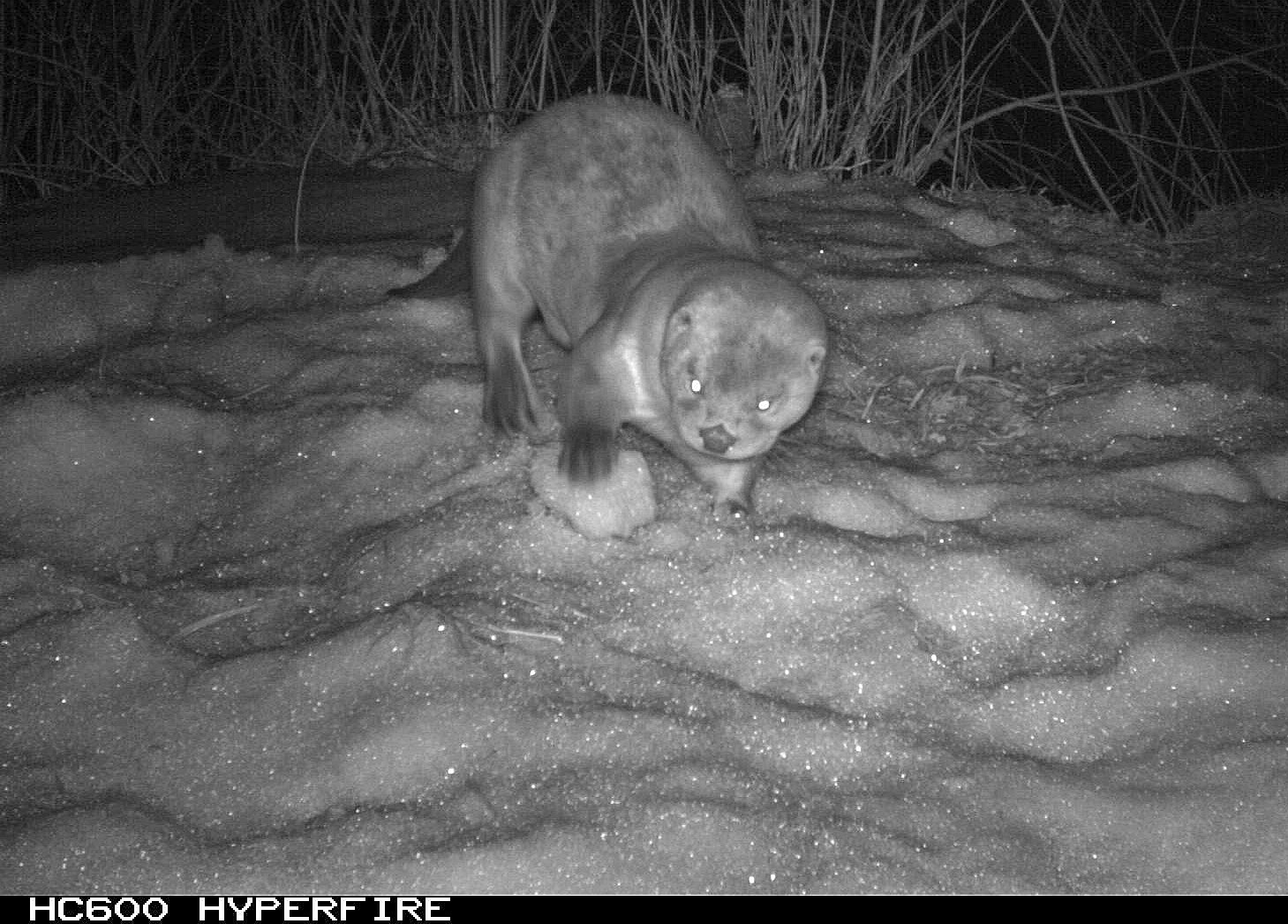
Trail cameras offer two types of flash options: incandescent or infrared. While the white light brings quality and color into your otherwise black-and-white nighttime footage, it is also visible to your subject, often causing them to startle. Infrared flashes are available in low (red) glow or no glow, which is much less alarming or visible to wildlife.
The number of megapixels will dictate the quality of the resulting images. Video function vs. still shots is also a consideration, as is the type of batteries you will use in your camera (NiMH rechargeable vs. lithium). Solar panels are an option as well. Some cameras have a screen that allows you to view the images on your SD card at the camera’s location. High-tech trail cameras now come with the option of purchasing a cellular service plan. This allows the camera to send images to your cell phone as they are being captured in real time. This list of basic features I have discussed is just the tip of the iceberg when it comes to trail camera capabilities. Hopefully, it will serve as a starting point.
Choosing the right spot
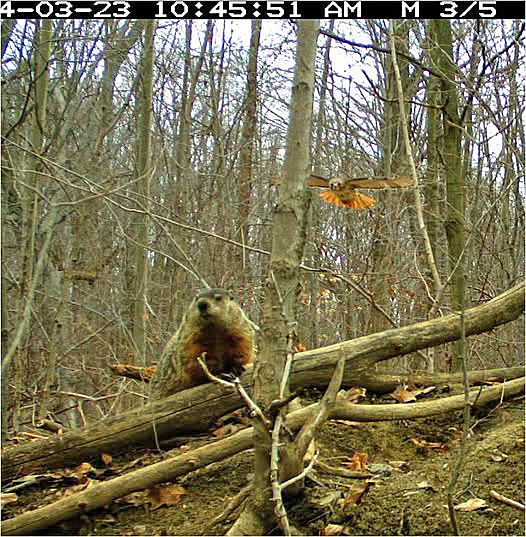
Once you have procured your new trail camera, its placement becomes your next decision. Honestly, I believe that you could set a trail camera up anywhere and eventually capture activity on it at some point. Yet, to capture wildlife images quickly you can seek out certain locations or features. Look for trails that have been created by wildlife such as deer paths. Manmade trails, such as those in parks, yield great results, as wildlife prefer to take the paths of least resistance. Other rewarding places include holes in the ground (dens), hollow trees, water sources and natural corridors (ravines, streams, dams, edges of ledges). Placing a camera at a bird bath or bird feeder can also yield great footage.
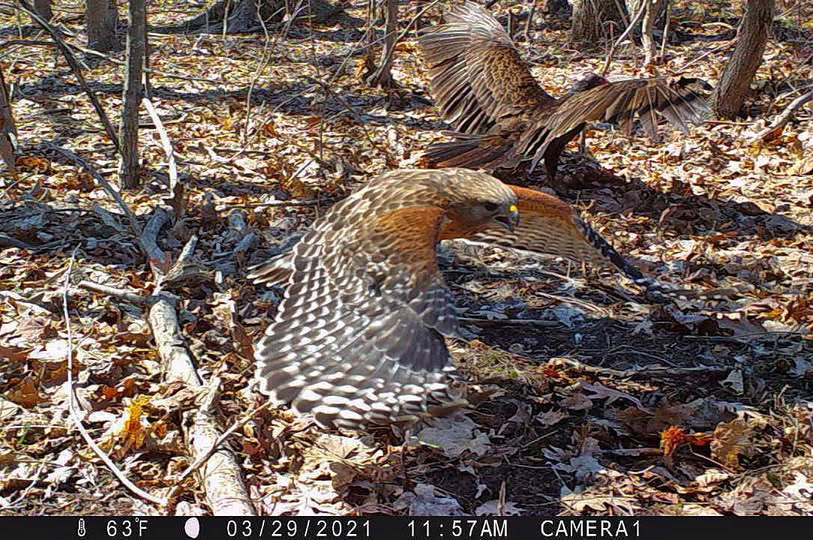
Trail cameras come with a strap that allows you to attach them to trees or posts. They are also designed to be mounted on a tripod which allows for placement virtually anywhere.
My trail cam addiction has me purchasing at least one new camera a year and sheepishly, I must admit my collection of cameras has grown considerably. I always have multiple cameras in use and hold some in reserve for surprise discoveries that beg to be spied upon.
Yes, cameras do wear out. They also meet unplanned endings, such as getting swept away in streams when an unexpected water rise overtakes your tripod (yes, that happened to me).
When I check a camera and swap out its SD card with a fresh one, I liken it to Christmas day — I simply can’t wait to get home and discover what images it holds, much like a present to be opened. To date, I have thousands and thousands of images and videos that my cameras have captured over the years. I will advise you, however, that once you delve into the world of trail cameras and discover the amazing wildlife secrets they divulge, there is no turning back. I refuse to be responsible for any new obsessions that might result. You have been warned!
Video
To view a short compilation of a few of my favorite video captures from over the years, visit my YouTube page at https://youtu.be/Yc1qKIQSsVw. I promise you won’t be disappointed.
